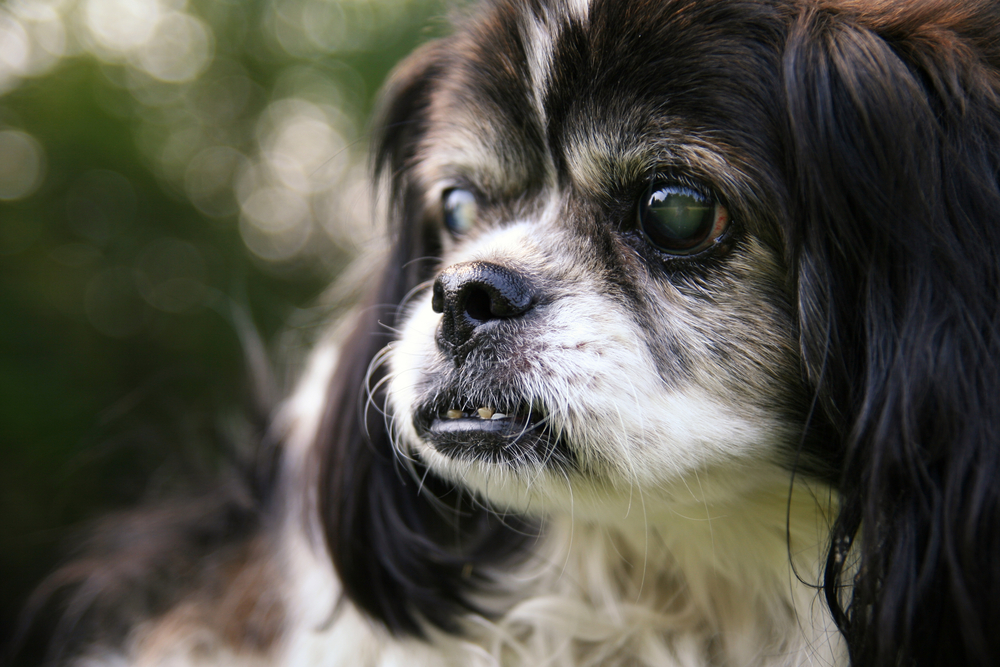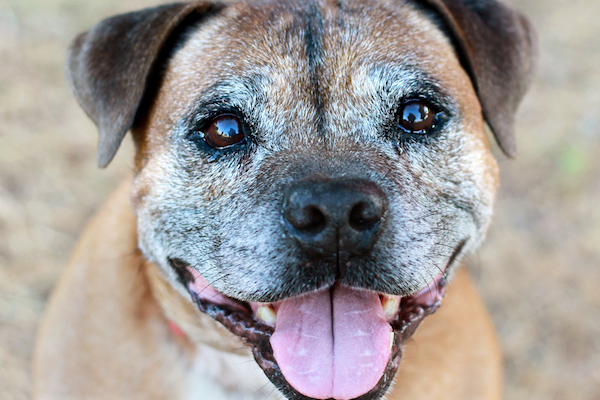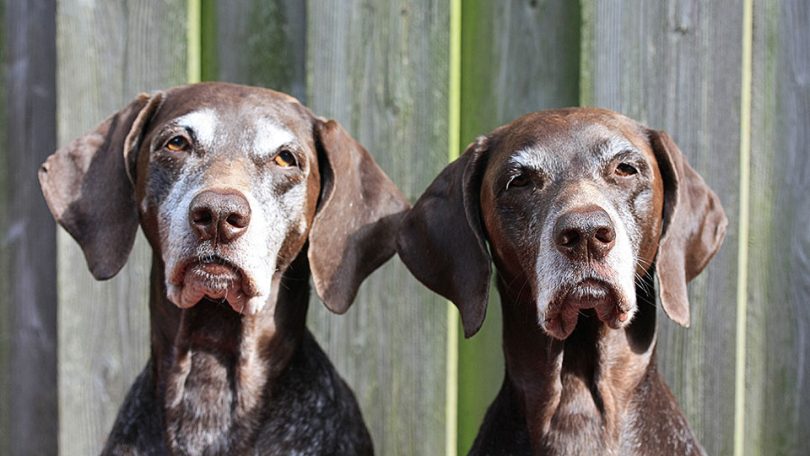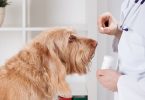Incontinence becomes a problem with some of the elderly dogs and there are some things worth knowing about this subject so here are some guidelines on how to deal with senior dogs and incontinence. There are many illnesses which have incontinence as a symptom and it is needless to say that you should first determine the cause, a thing that requires veterinarian aid.
To find the cause of this problem there are several tests the vet can perform, take urine samples to check for possible infections and they also have to rule out problems such has kidney failure, diabetes or Cushing’s disease. For this some ultrasounds can be required some times and you will have to answer some questions about the pet’s behavior or habits.
When Do the Problems Begin?
When a dog gets to the middle of his adult life problems with incontinence can begin but this is dependent on the dog’s breed and on the size of your pet. Some breeds are considered to be middle aged at only five years old such as the Great Dane, but a terrier would still be thought of as young at that age.
Some breeds are also more predisposed to suffer from incontinence and it’s not clear why this is the case. Some veterinarians think that with spayed females the urinary incontinence can be the result of the reduced amount of estrogen.
Urinary incontinence is more probable for a Doberman, Old English Sheepdog or a Cocker Spaniel. On the other hand, larger dogs such as the Labrador Retrievers or the Golden Retrievers have increased chances of developing fecal incontinence as they are more often the victims of musculoskeletal or neurological disorders.

Causes For Incontinence In Dogs
We already mentioned that there is a large variety of medical problems which can have incontinence as a symptom. If you see that your dog has this problem you should also check for any other symptoms and make sure you communicate them to the veterinarian.
Some of the signs that are often associated with urinary incontinence are drinking excessively, pain, dribbling while the dog moves, urinating a lot and leakage when the dog is resting. It is important to notice these signs as each of them indicates different problems and they will require different treatments.
Aside from the ones we mentioned, some of the other diseases that can lead to incontinence are arthritis that can prevent a dog from emptying the bladder completely as some movements become very difficult for them or the degeneration of the spinal column that can compress the nerves.
One other thing that can lead to incontinence is medication that increases urine production and among the most common ones we should mention prednisone, triamcinolone, dexamethasone, phenobarbital, furosemide or spironolactone.
For fecal incontinence the lower vertebral conditions are the most common cause. The obese dogs are more susceptible to this condition and if this becomes a problem then weight reduction is the first thing that must be done to treat the issue.

Treatment Of Incontinence
From what we said so far we guess it is clear now that the treatment differs a lot on the cause of the incontinence. That being said, the two most common cures are to use a drug called phenylpropanolamine which will strengthen the contraction of the urinary sphincter or a drug called diethylstilbestrol which is a hormone replacement therapy. The problem is that these drugs will only solve the problem for a short time and this isn’t an actual cure.
For serious problems that have incontinence as a symptom surgery may be required. If a spinal cord injury such as a ruptured intervertebral disc is the cause then this will require a surgical intervention to solve. One other situation when surgery may be the only solution is if the presence of stones in the bladder causes the incontinence.
How To Manage Dogs With Incontinence
It is really important to see a veterinarian who can help you with the problems your pet is facing instead of trying to take care of this on your own. Medical treatment is successful for almost all of the dogs so start from there and see if things improve.
Now for the things that you should do at home to ensure that your dog is improving you can start to do more frequent walks. This will be important especially when the dog gets up in the morning or before they go to sleep in the evening.
For the incontinence you can make sure the bedding you are using is easy to wash or there are waterproof pads that will protect the floor or furniture of the house. Doggy diapers are also something you can find on the market and they save you a lot of trouble but it might take some time until the pet gets used to them. You should wash your dog if they get urine on the legs or abdomen as chronic moisture can irritate their skin quite seriously and the last thing you want is to have to deal with some skin infections too.

Changing Medication?
If the dog has other problems and the treatment for them is what causes the incontinence you have to make sure that you discuss the medication changes wit the vet. It is a bad idea to stop giving them the drugs or make adjustments as you see fit. If they are only for a short period of time then a diaper should be the best solution but if you are administering chronic medication then alternative drugs or a change of dosage might be required.
One last thing to keep in mind is that you should realize a house trained dog will feel embarrassed by these problems and so you should take their emotions into consideration. Take them out more often and thus they will be more able to deal with this problem and also show them the attention they require as this is clearly a difficult time for them and not something they are comfortable with.








Leave a Comment